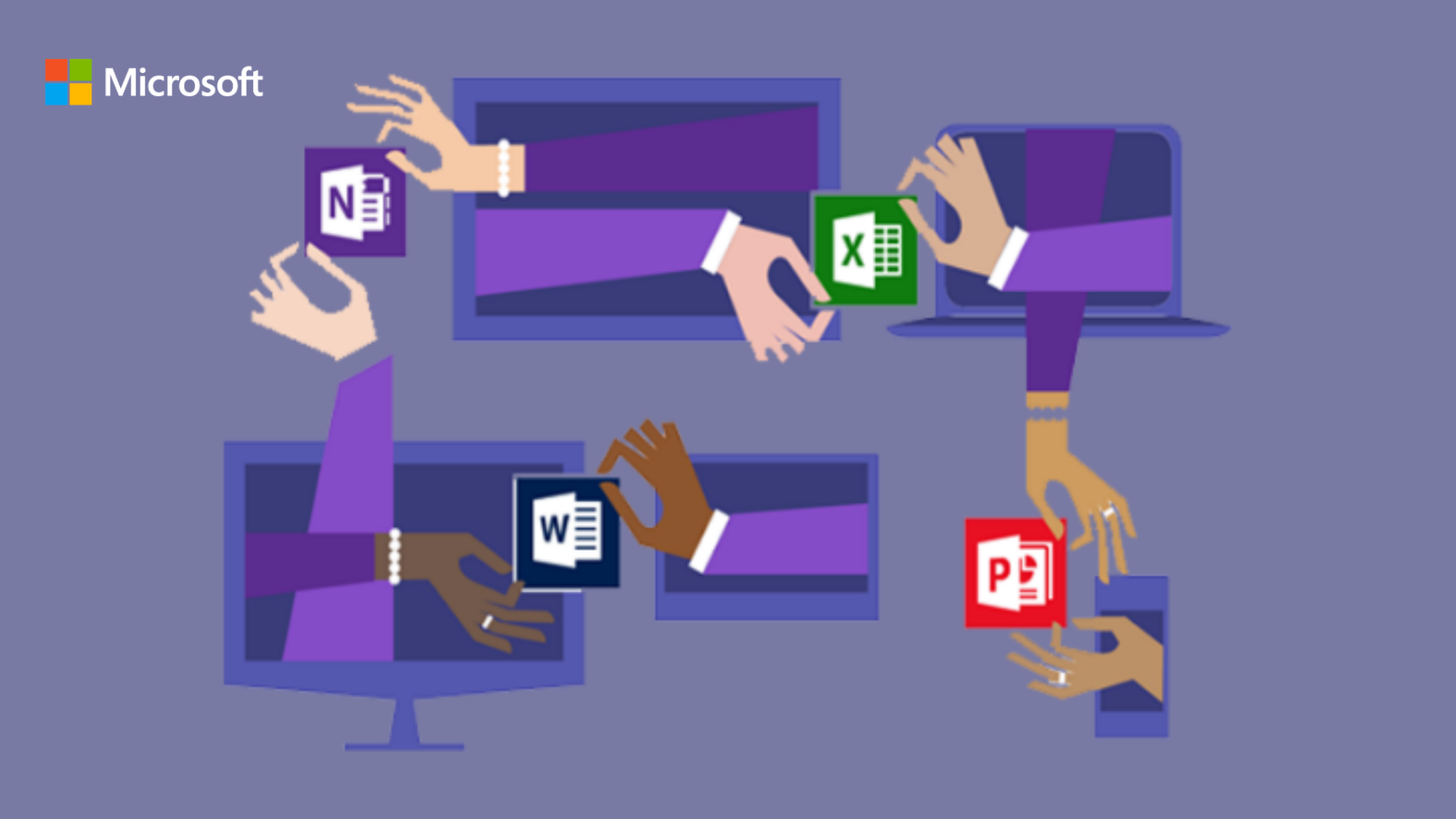

Set the home page: The URL that Chrome opens when a user opens the browser or selects the Home button.If you add the ADM template on Windows 10 or 7, the folder appears under Classic Administrative Templates/ Google/ Google Chrome.Ĭonfigure policies by opening the template that you just added, and then change the configuration settings. A Google/ Google Chrome folder appears under Administrative Templates if it's not there already. Right-click Administrative Templates, and select Add/Remove Templates.Īdd the chrome.adm template through the dialog box. Navigate to Local Computer Policy > Computer Configuration > Administrative Templates. Open Group Policy editor by navigating to Start > Run: gpedit.msc. Chrome accesses the values that are set in these registry keys to determine how to act. The templates show which registry keys you can set to configure Chrome and what the acceptable values are. Verify which type you can use on your network. There are two types of policy templates: an ADM and an ADMX template. Under Sites that can always use cookies, select Add, and then select the Including third-party cookies on this site checkbox. In the Chrome Settings window, open the Privacy and security tab, and then select Cookies and other site data. Add the administrative template to Active Directory.Configure Microsoft Edge policy settings on Windows devices.Add the sites that are listed in step 2 to Content settings > CookiesAllowedForUrls by having either a mandatory or recommended policy.įor more information about how to configure Microsoft Edge Group Policy settings, see the following articles:.Go to the Microsoft Edge Enterprise landing page to download the Microsoft Edge policy templates file and extract the contents.Under Allow, select Add to add the following sites: Turn on Allow sites to save and read cookie data (recommended), and make sure that Block third-party cookies is turned off.Īlternatively, if you have to keep third-party cookies blocked, do this instead in the same window:

In the Edge Settings window, select Cookies and site permissions > Cookies and data stored > Manage and delete cookies and site data. If you're the administrator for your organization, you can use a Group Policy Object (GPO) to make the updates simultaneously for all users. You must have administrative rights to make the updates.


 0 kommentar(er)
0 kommentar(er)
